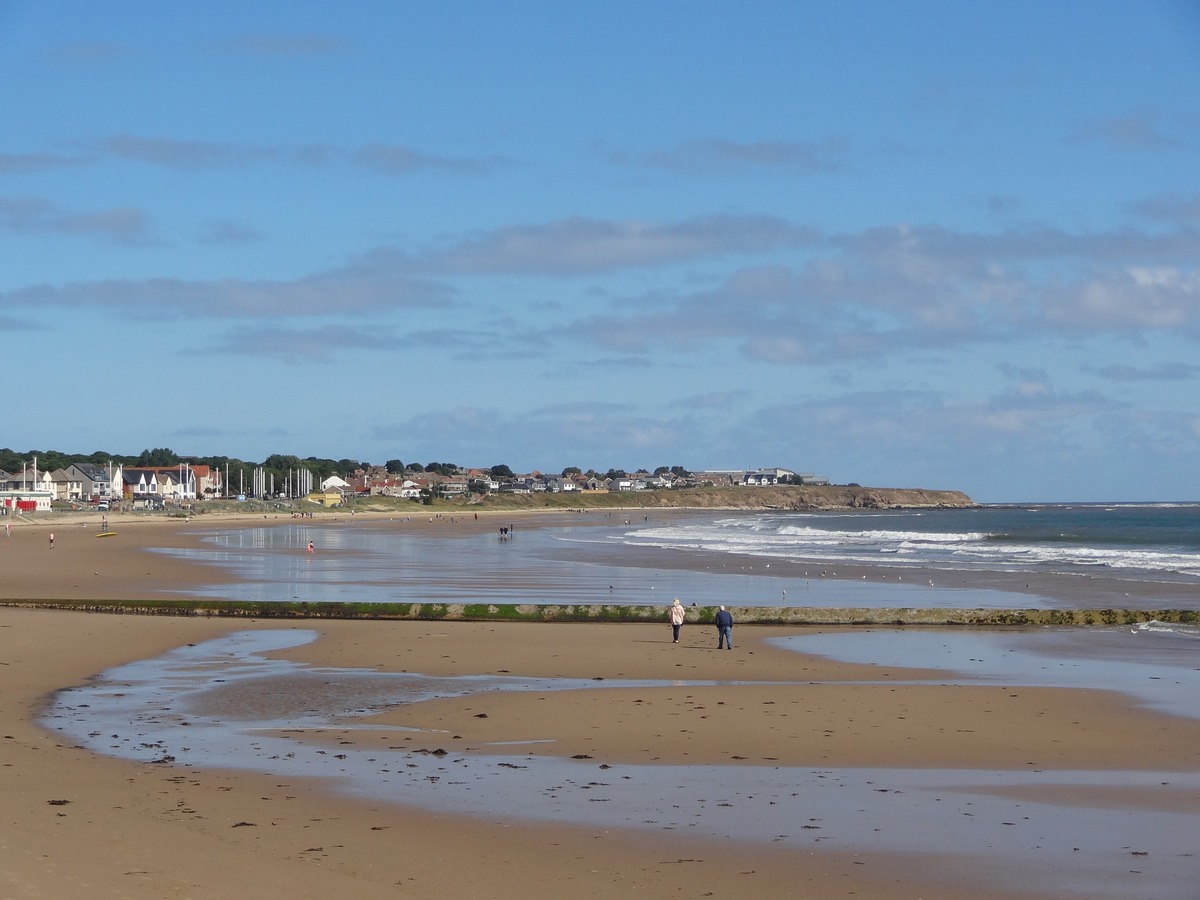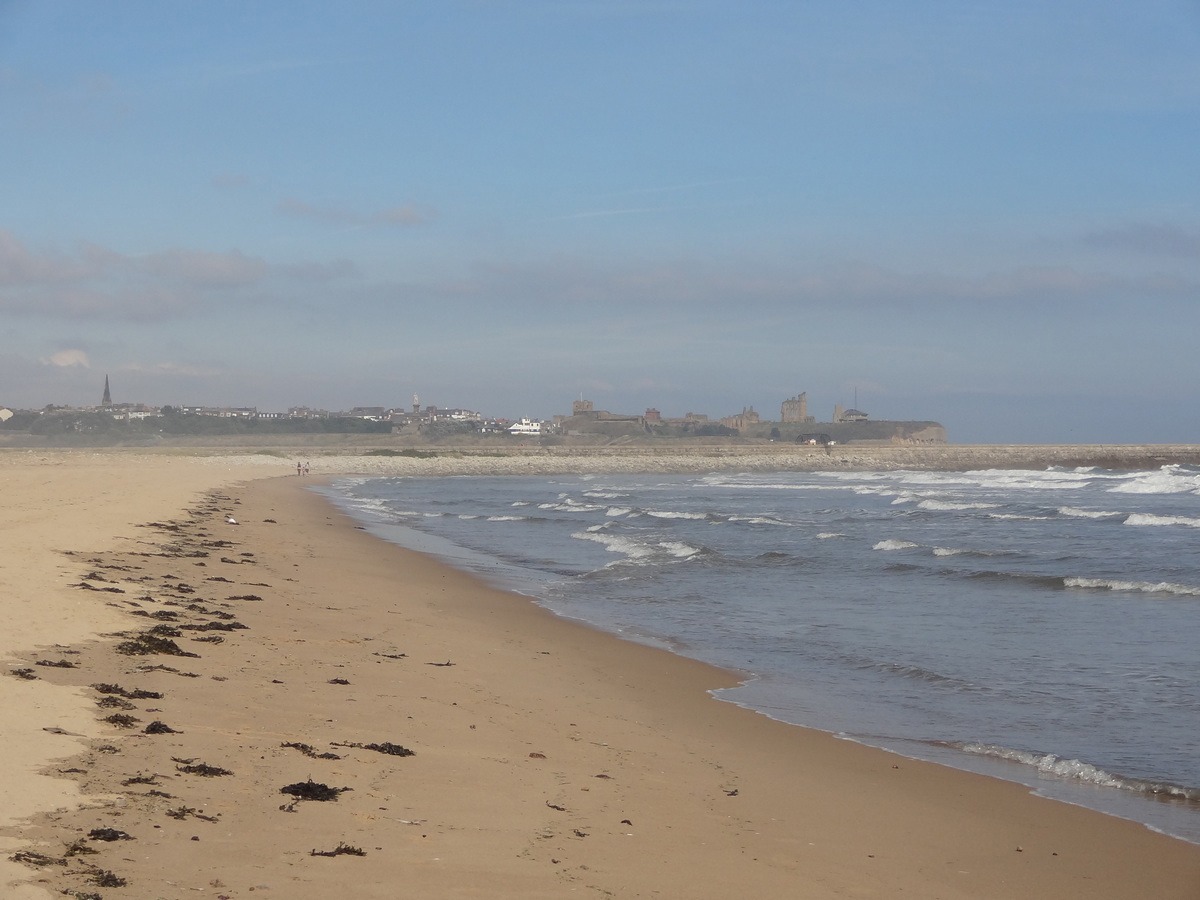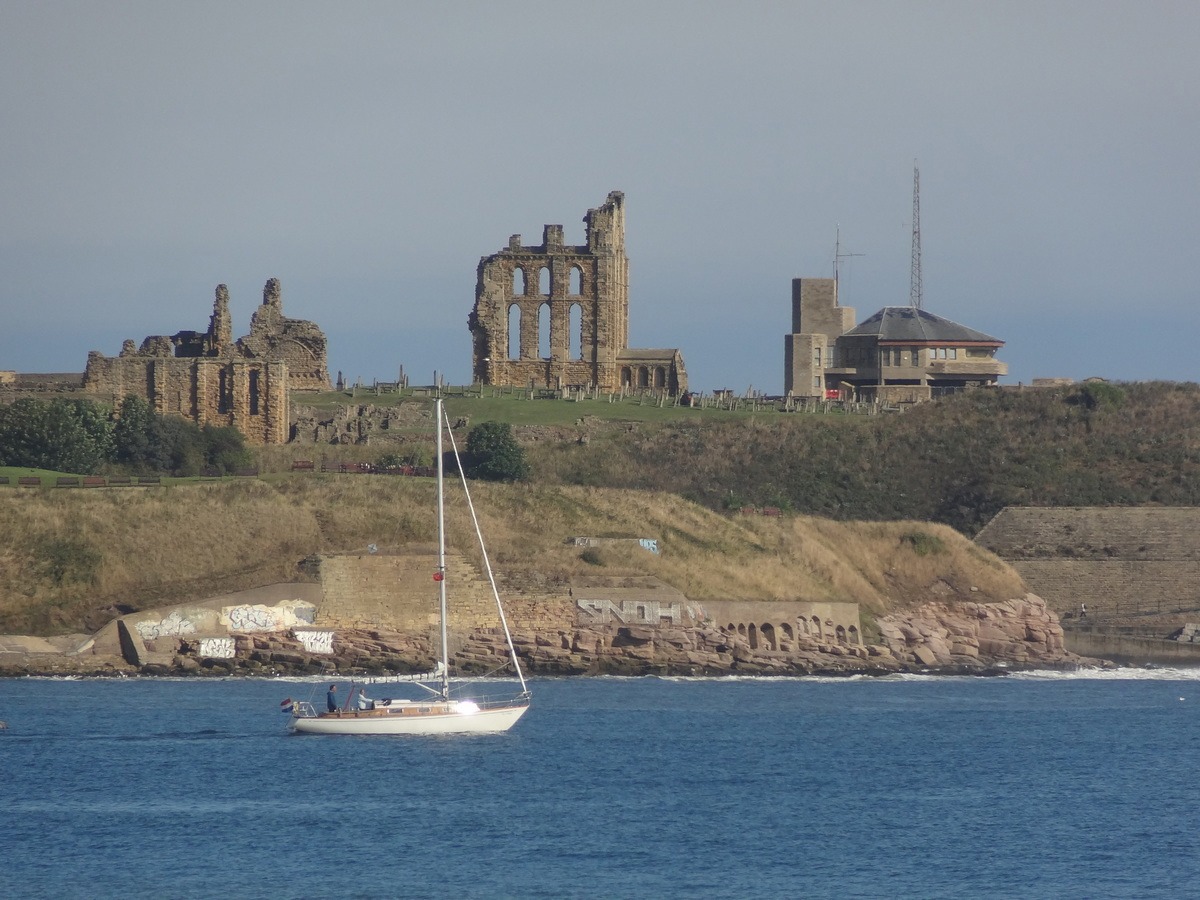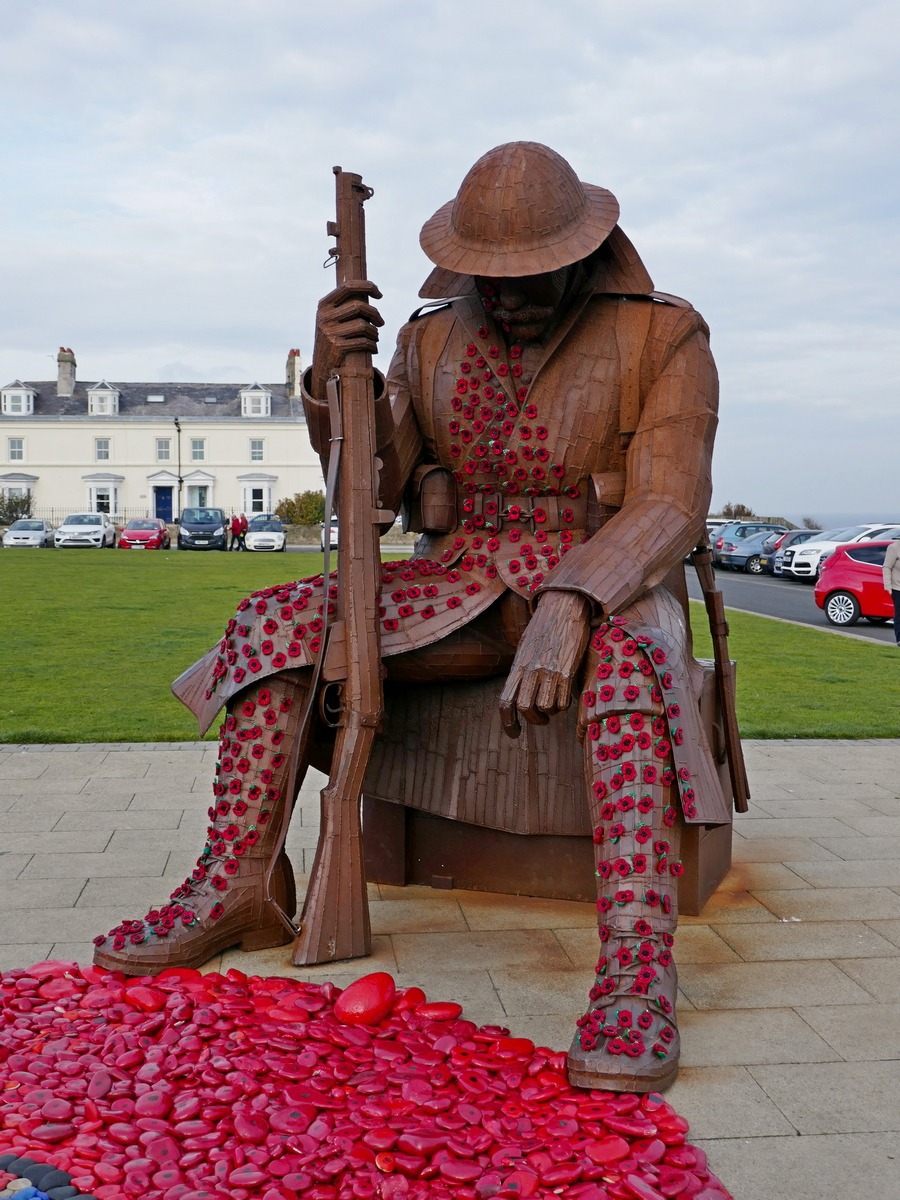The Durham Coast
The Durham Coast is a Site of Special Scientific Interest in County Durham, England. Starting just North of the River Tees estuary it extends, with a few interruptions, northward to the mouth of the River Tyne at South Shields. The coastline offers beaches, rugged cliffs and imposing headlands and is internationally recognised for its rare plants and wildlife.

Roker & Seaburn
Roker and Seaburn offer lovely beaches with lifeguards, family sections with soft sand and rock pools and other sections for dog walkers. The towns offer plenty of cafes, pubs, fish and chip shops and ice cream parlours. There is parking on the front with a small charge.
Just a little along the coast is Souter Lighthouse. Souter Point was the first lighthouse in the world to be actually designed and built specifically to use alternating electric current, the most advanced lighthouse technology of its day.

South Shields
South Shields is a coastal town in South Tyneside, on the south bank of the mouth of the River Tyne.
The town is lively with shops, cafes and pubs including the famous Ocean Road which is stacked with restaurants of all types.
Nearby attractions include Jarrow Hall where you can discover the world of Anglo-Saxon Northumbria and the Venerable Bede and the nearby monastic site of St Paul’s but our favourite is just in town - the Roman fort of Arbeia.

Tynemouth
Although just over the border in north Tyneside, across the estuary from South Shields, this is too lovely a place to miss out!
There are beaches, the ruined Tynemouth Priory and Castle - burial place of saints and kings of the old kingdom of Northumbria, Tynemouth Pier and Lighthouse, the Spanish battery and Collingwood Monument to explore.
There is also a small Watch House Museum for the Volunteer Life Brigade, the first of its king in the world. There is a car parking on the front.

Seaham
Seaham offers a harbour marina and a beach popular with sea glass enthusiasts. You can also visit Blackhall Rocks Beach (famously featured in the final scene of the film 'Get Carter' starring Michael Caine in 1971) and Blast Beach, named for the blast furnaces which once stood nearby and which sits beneath Nose's Point Nature Reserve. You won't miss 'Tommy' the large WW1 memorial statue on the sea front.
There is also an Anglo Saxon church of St Mary the Virgin, one of the 20 oldest surviving churches in the country. The town grew from the late 19th century onwards as a result of investments in its harbour and coal mines.
Nearby is Dalton Park, a large retail outlet centre.